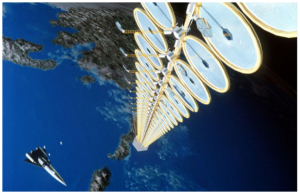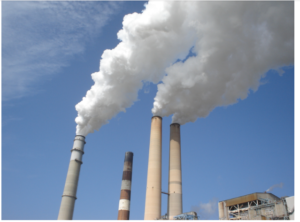As various sources of renewable energy have become more developed and accessible, we’ve seen a dramatic shift in attitudes towards green energy. More and more governments around the world are taking steps to stimulate niches like wind and solar energy. However, the work towards a greener world certainly isn’t going to stop there! In this post, we’ll take a look at some of the younger green technology niches, and what they’ll mean for the future.
Enhanced Geothermal Systems
The overarching aim of Enhanced Geothermal Systems, or EGS, is to harness the heat which is naturally generated by the earth, in order to produce electricity. To do this, wells have to be drilled into high-temperature basement rock, which is naturally fractured. This fracture network is then enhanced in order to create a reservoir, into which more wells can be drilled. Cold water can then be pumped into the network through the wells, absorbing the natural heat of the rock as it’s passed through. Steam turbines are then used to harness the heat and convert it into electricity. We’ve seen more and more success with enhanced geothermal systems in recent years, such as the project at Cooper Basin, Australia. This energy source is not only economically viable, but much more affordable to set up than a conventional coal-burning power plant. Modern geothermal energy is expected to be a big talking point at international conferences and events like Kenya’s Renewable Energy Conference.

Image: Wikimedia
Orbiting Solar Arrays
This is another form of green technology which is still in its infancy, but many have agreed that there’s a huge amount of potential in it. The theory runs that an array of solar panels would be built outside of the earth’s atmosphere, and then placed into orbit. These panels would then beam harvested solar power to a receptor, where it could be converted into usable electricity. While it may not be the most practical development in the green energy niche, there’s certainly a big attraction in the potential to tap into an energy source immensely larger than any other we currently know of. By having the array orbiting the earth, rather than here on the surface, we’d be able to eliminate various obstacles that we currently have to deal with when harnessing and applying solar energy. There would be no interruptions due to cloudy weather or it being night, for example.

Image: Wikimedia
Carbon Sequestration
Carbon Sequestration, also known as Carbon Capture and Storage, could account for up to a third of all CO2 reductions by 2050, according to some energy authorities. The few coal-burning plants which are already using this technology separate carbon dioxide during their electricity generation process, then bury it underground. This has given various energy companies the means to provide grids with affordable electricity, minus the usual pollution to the earth’s atmosphere. The Spremberg plant in Germany is currently leading the way in this niche, but it’s gaining more and more popularity, and is expected to have a profound impact on reducing the world’s carbon emissions as a whole. With funding from the EU, this niche is only going to grow!








